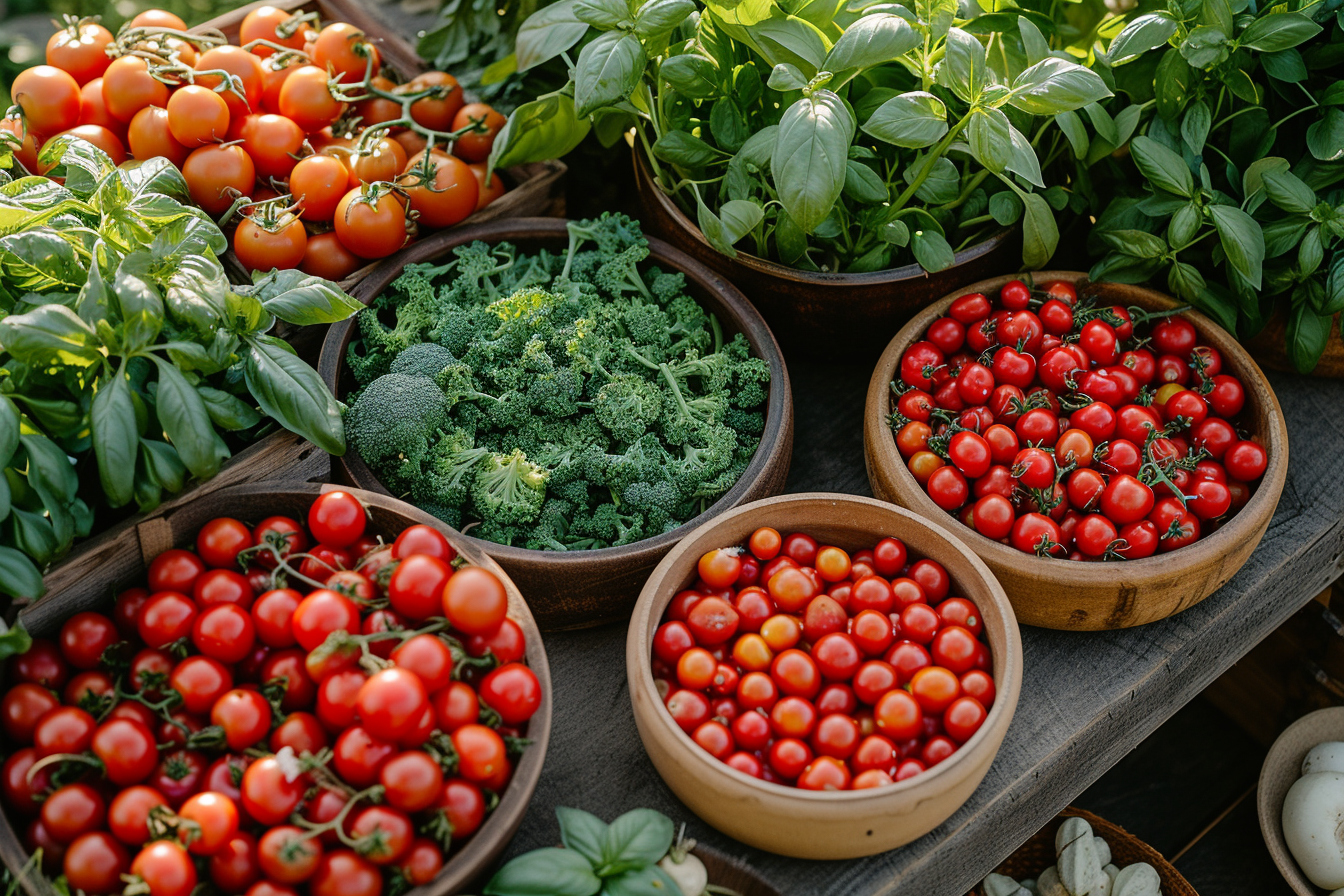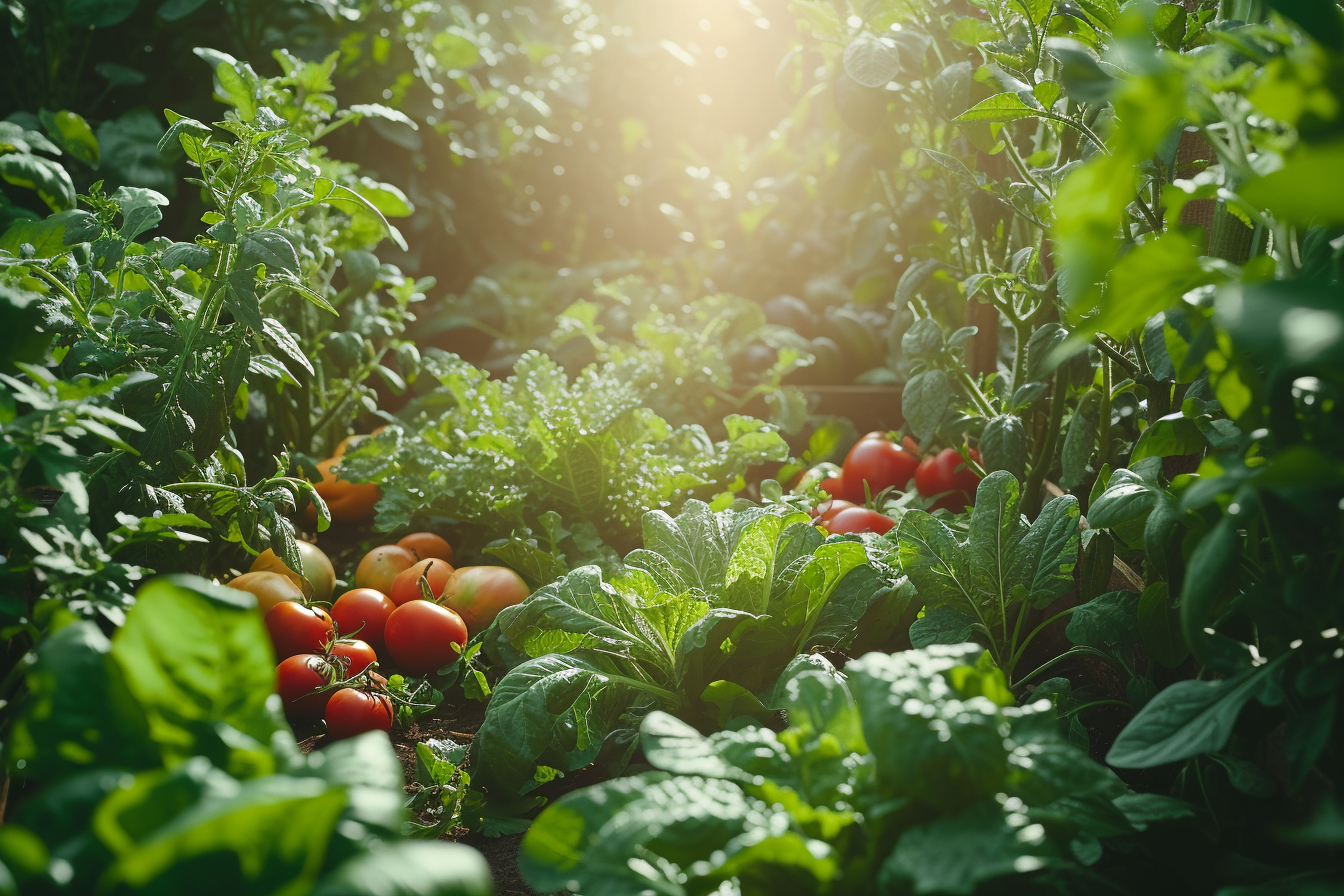Heirloom vegetables are varieties that have been passed down through generations due to their valued characteristics. Known for their rich flavor, diverse colors, and shapes, they preserve the genetic diversity and history of our food. Cultivating these treasures provides a link to our agricultural past and contributes to sustainable gardening practices.
The allure of heirloom varieties
Heirloom vegetables are cherished for flavors that often surpass those of their commercial counterparts. This quality alone inspires many gardeners to choose heirlooms for their plots. Moreover, growing these varieties contributes to biodiversity, which is vital for resilient ecosystems and food security.
Choosing the right seeds
When starting your heirloom vegetable garden, the choice of seeds is foundational. Look for reputable seed companies that specialize in heirloom varieties. These organizations often provide extensive background on each variety, helping you make informed choices about the plants you want to cultivate.
Seed saving for future generations
One significant advantage of heirloom vegetables is the ability to save seeds from your harvest for planting in subsequent years. This practice not only saves money but also allows you to develop strains that are well-adapted to your specific growing conditions.
Cultivation strategies
Heirloom vegetables often require particular attention to their growing environments. It is vital to consider soil quality, planting times, and the specific needs of each variety.
Soil preparation
Fertile, well-drained soil will give your heirloom vegetables the best chance for success. Invest time in enriching your soil with organic matter, such as compost or aged manure. Regular soil testing can reveal nutrient deficiencies, pH imbalances, or heavy metal contaminations, all of which can be addressed to create optimal growing conditions.
Planting techniques
Direct seeding or transplanting are two common approaches for planting heirloom vegetables. For direct seeding, it’s crucial to sow at the appropriate depth and spacing for each plant variety. Transplanting seedlings started indoors or purchased from a nursery can provide a head start to the growing season, especially for plants sensitive to cold.
Watering wisely
Consistent moisture is necessary for most vegetable plants, but over-watering can be detrimental. Implementing a drip irrigation system or soaker hoses can provide steady, root-level moisture while minimizing water waste and decreasing the likelihood of leaf diseases promoted by overhead watering.
Companion planting
Companion planting involves strategically placing plants that benefit each other nearby. This practice can lead to natural pest control, improved pollination, and better use of space. For example, planting marigolds among your vegetables can deter certain pests while attracting beneficial insects.
Pest and disease management
Heirloom vegetables may lack the disease resistance bred into some modern hybrids. It’s essential to proactively manage pests and diseases to protect your garden’s health.
Organic pest control
Organic methods for pest control can include introducing beneficial insects that prey on harmful pests, using barriers such as row covers, and applying natural pesticide alternatives like neem oil or insecticidal soaps.
Disease prevention
Good garden hygiene goes a long way in preventing diseases. Remove diseased plants promptly, avoid working in the garden when the foliage is wet, and practice crop rotation to prevent disease pathogens from building up in the soil.
Heirloom cultivation tips

Cultivating heirloom vegetables requires a gardener’s attentive care. Each variety will present its own set of best practices.
Temperature considerations
Many heirlooms have optimal temperature ranges for germination and growth. Ensure that you plant at the right time to avoid the pitfalls of unexpected frosts or excessively hot temperatures, which can stress plants and impact yield.
Support structures
Some heirlooms, like climbing beans or sprawling tomatoes, need support to grow healthily. Using trellises, cages, or stakes can keep plants off the ground, promote air circulation, and reduce the risk of disease. This proactive approach pays off in healthier, more productive plants.
Thinning seedlings
In instances of direct sowing, seedlings often emerge more densely than desired. Thinning the young plants is vital to provide adequate space for mature growth. It may seem counterproductive to remove seedlings, but it prevents overcrowding and resource competition.
Patience for slow growers
Heirlooms may not be as quick to mature as some hybrid varieties. Patience is key, as is understanding the expected timeline for each plant. With attention and care, many heirloom vegetables will reward you with exceptional taste and quality that cannot be rushed.
Maximizing heirloom harvests
To get the most out of your heirloom vegetables, it’s important to harvest them at the peak of ripeness. This timing not only ensures the best flavor but also encourages the plants to continue producing throughout the season.
Succession planting
Staggering plantings of certain crops can extend your harvest window. This technique allows you to enjoy fresh vegetables over a more extended period rather than dealing with an overwhelming glut all at once.
Monitoring for harvest time
Each variety of heirloom vegetable has its own signs of readiness. Tomatoes might be easy to judge by color, but root vegetables like carrots require a gentle check for size. Keeping an eye on your plants and learning from experience will lead to well-timed harvests.
Growing heirloom vegetables can be a gratifying experience, offering both a taste of history and the satisfaction of cultivating unique and delicious produce. Through thoughtful choice of varieties, careful garden preparation, and attentive cultivation strategies, your garden can be both a haven for biodiversity and a source of exceptional vegetables. Remembering that each heirloom plant has its own narrative to tell, gardeners are not just growers of food; they become stewards of history and protectors of genetic diversity. By nurturing these plants, you help to sustain a rich tradition of gardening that reaches back through the centuries, keeping it alive for generations to come.

Leave a Reply